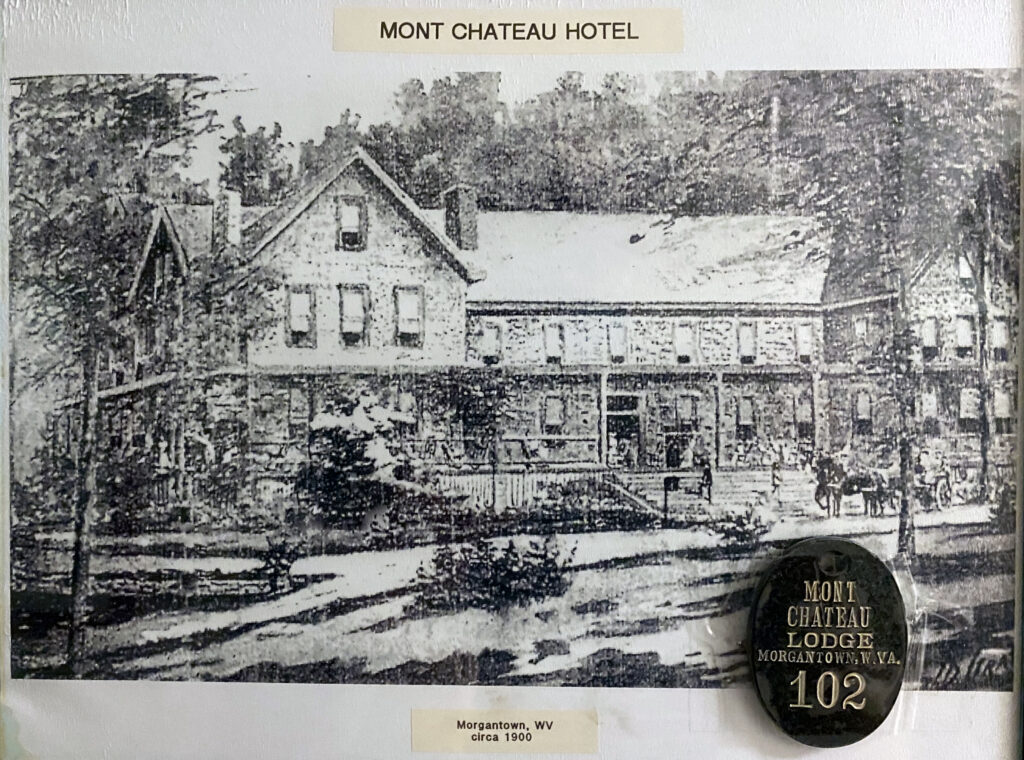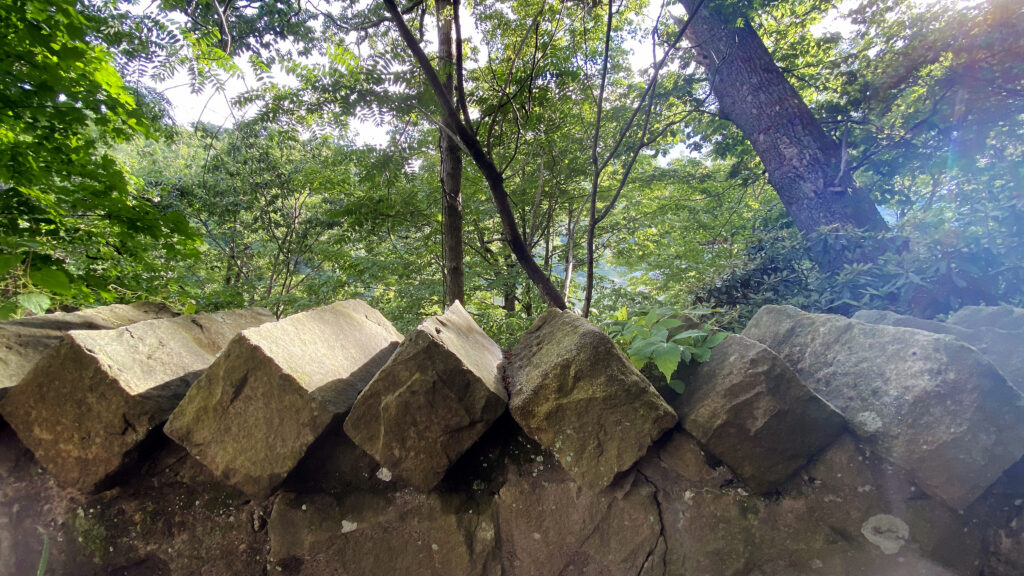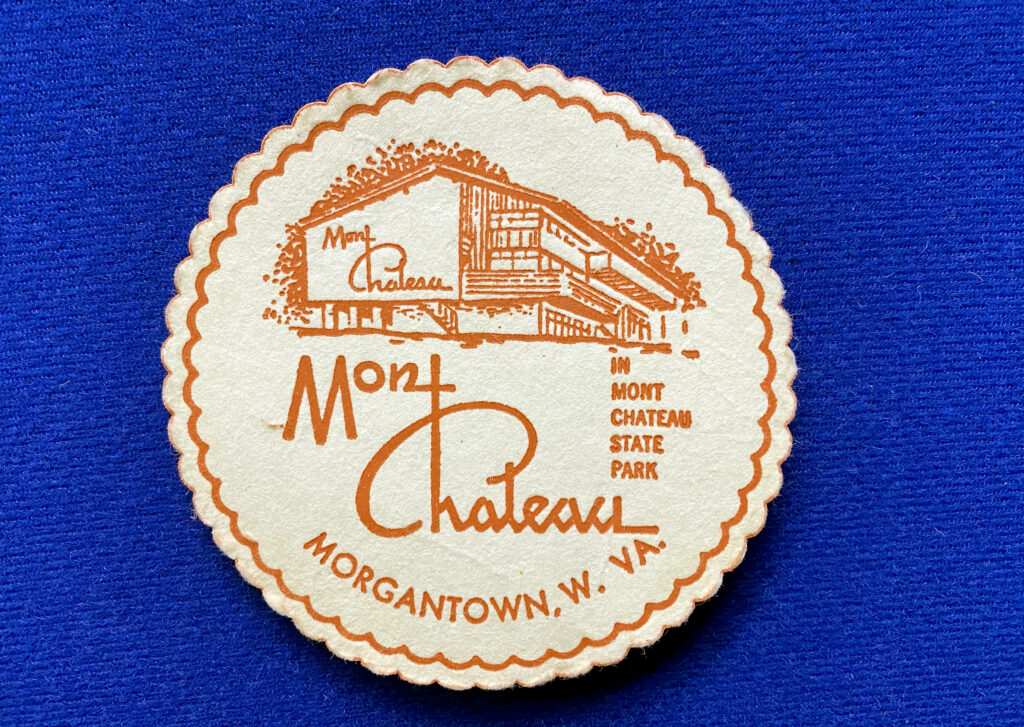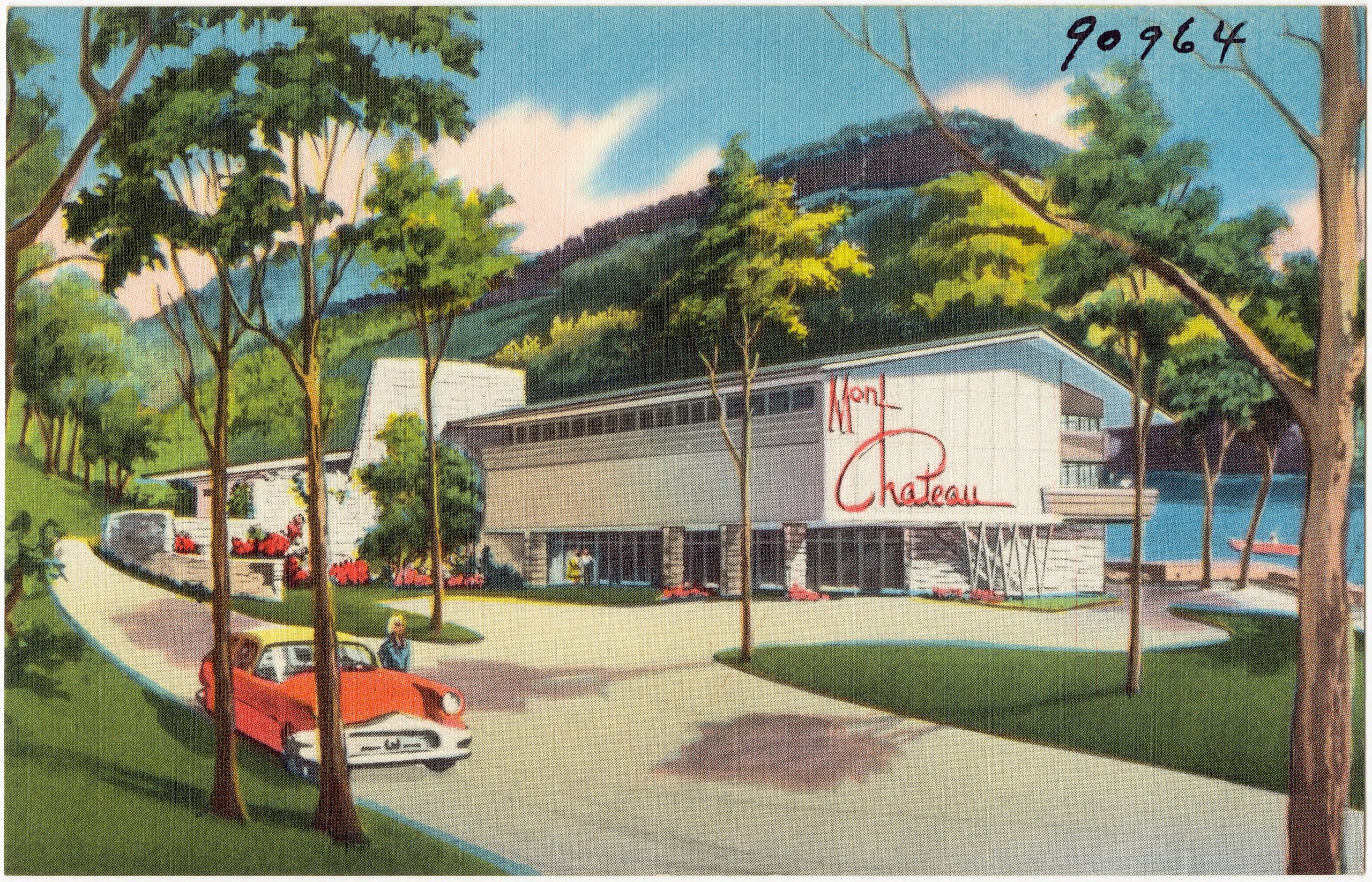MORGANTOWN, W.Va. – It was a terrible day in 1956 when the historic Mont Chateau Hotel burned down at what was then one of West Virginia’s newest state parks, but it was also a dark foreshadowing of what would be a tumultuous, short-lived run.
When the state bought the original 42 acres of land situated at the end of Mont Chateau Road in 1955 from the Duquesne Club, it hosted a plethora of activities for visitors. From swimming to horse riding to staying in the renowned hotel, the future looked bright for the state park. Then one day, tragedy struck and the Mont Chateau Hotel was no more, razed by a fire. To this day, the cause of the fire is unknown to John May, the former Deputy Director of Finance and Administration at the state geological and economic survey which is now housed in the former state park lodge. The history of the building and the state park, however, is not foreign.
“The hotel was built in 1894 on what was then the Cheat River,” May said. “The river back in that time was a major recreation area for the populace. [Several] campgrounds and clubs were lining both shores of the river. I’ve got a request with the [WVU] history center for the correspondence related to the original hotel by the family that built it, but I don’t have any more detail on that right now.
“I do know that the hotel was purchased by the Duquesne Club of Pittsburgh on or around 1920 to be used as a retreat for their members. They had some fairly famous captains of industry in their organization at the time, and I was looking to see if some of them may had vacationed down here during their tenure – people like Andrew Carnegie and [Henry] J. Heinz.”

The lodge, built in response to the hotel burning down, is a story in its own right. The building racked up a bill of $400,000, but thanks to leftover bond funds issued to construct lodges at Blackwater Falls and Cacapon state parks, the fledgling Mont Chateau State Park dodged a serious setback and opened to the public on June 7, 1958. With limited space compared to other state parks, to market Mont Chateau better and give visitors different opportunities, construction continued in 1962 behind the lodge as a two-story activities building was built to host conferences, parties and more.
Eventually, that lack of land, competition from other conference centers and very little diversity of activities led to the state leasing out Mont Chateau to a list of concessionaires. After a stagnant run, the park was officially closed on June 30, 1977.
“A determination was made that [the concessionaires] couldn’t make a profit off the state park so they closed it,” May said.
But with practically a brand new facility on-site, Gov. Jay Rockefeller announced the geological survey would be relocated from White Hall on WVU’s downtown campus and other leased sites to the lodge. Over four years, the survey paid $4,800 a month in rent to Parks and Recreation until the original construction bond issue was retired, and in 1981, the WVGES was finally deeded 13 acres. They retained the lodge, horse stable, sewage treatment building and activities center, as well as the former hotel’s carriage house and overlook wall and a trail connecting the former state park to Coopers Rock State Forest via Quarry Run. In a deal with the private sector, the remaining 29 acres were transferred by the state in return for land that expanded Holly River State Park in Webster County.
“We’ve kept up the building as best we can,” May said. “We’ve established a museum of natural history, have book stores and offices. We welcome visitors when we’re not under quarantine, and we try to preserve the exterior of the building as it was in the first place.”
The need for protection
While the story of Mont Chateau State Park is one of tragedy and failure, the rest of the story is one of success and small victories.
The 13-acre parcel of land, now surrounded by private housing and water, provides public access to recreation opportunities at Coopers Rock and Cheat Lake. Further, Quarry Run, a relatively small tributary of the lake, runs from inside state forest boundaries and is a honey hole for yellow perch, bass and walleye. Mont Chateau trail, part of the Coopers Rock system, is a beautiful hike totaling 2.6 miles from the Henry Clay Furnace to the mouth of Quarry Run.
In a time when public land access is in danger to some extent in all 50 states, the current acreage has been in the money-making crosshairs of the state as recently as the last 15 years. It’s with that knowledge that May wants to add an extra layer of protection to the property and have it listed on the National Register of Historic Places with the National Park Service.

“What I’m looking for personally is to have a modicum of protection against land speculation,” May said. “I’ve personally gone to legislators and other people for some help in preventing that from happening again.
“If the state office approves our application, they refile it on our behalf with the National Park System. Then, if approved, we’ll receive recognition as a historic place. In addition, we’ll be applying for a historical road marker, as well.”
As May noted, inside folks can find a museum of geology and natural history. There stands a replica of the West Virginia state fossil, a Megalonyx jeffersonii, or a giant ground sloth, which dates back to the Ice Age and is between 8-10 feet and weighs 800 pounds. While the original fossil wasn’t found in Morgantown – it was found in Monroe County in a saltpeter mine – this is common of a lot of the bigger attraction pieces. Further, arguably the most interesting specimen in the collection isn’t from the Mountain State at all. Hannah the Edmontosaurus was discovered in North Dakota and curated by E. Ray Garton is the only dinosaur skeleton on display in the state. It can be found just inside the front door up the steps.
All of this, in addition to the history of the state park, is why May hopes that the 13 acres stay in the hands of the public. Whether in the name of historical significance, access to recreation opportunities or both, he wants a little piece of the Mountain State’s 157-year history to hopefully be around much longer.

A room keychain from the old state park lodge. Some rooms were outfitted with decks for views of the park and lake. (Andrew Spellman/The Dominion Post) 

Part of the original overlook wall that was built in 1894 along with the Mont Chateau Hotel. This and the carriage house are the only remaining structures from the original grounds. (Andrew Spellman/The Dominion Post) 
A brochure depicting different parts of Mont Chateau State Park. Due to a list of things such as limited space and competition from the Ramada Inn and Lakeview Conference Center, the park eventually shut down June 30, 1977. (Andrew Spellman/The Dominion Post) 
A brochure depicting different parts of Mont Chateau State Park. Due to a list of things such as limited space and competition from the Ramada Inn and Lakeview Conference Center, the park eventually shut down June 30, 1977. (Andrew Spellman/The Dominion Post)
TWEET @ASpellman_DPost




